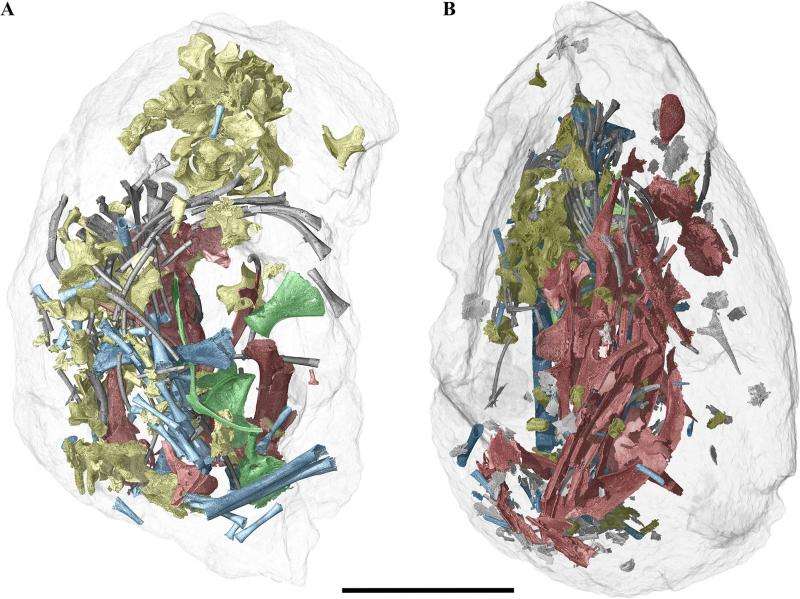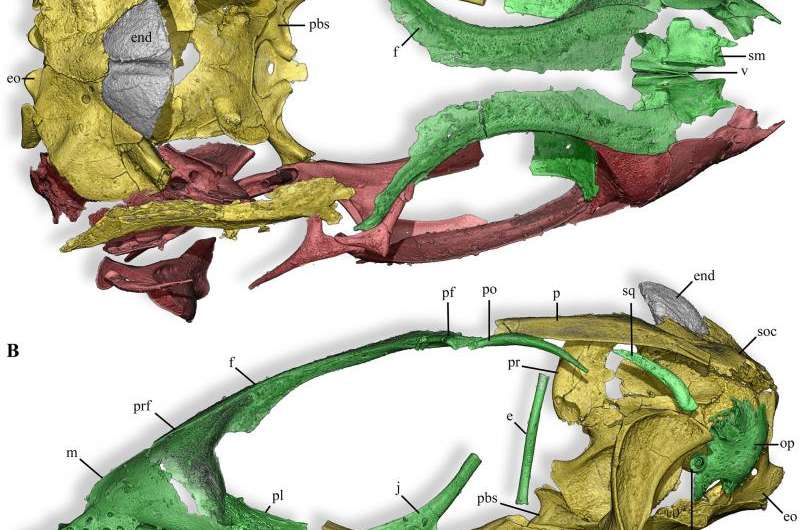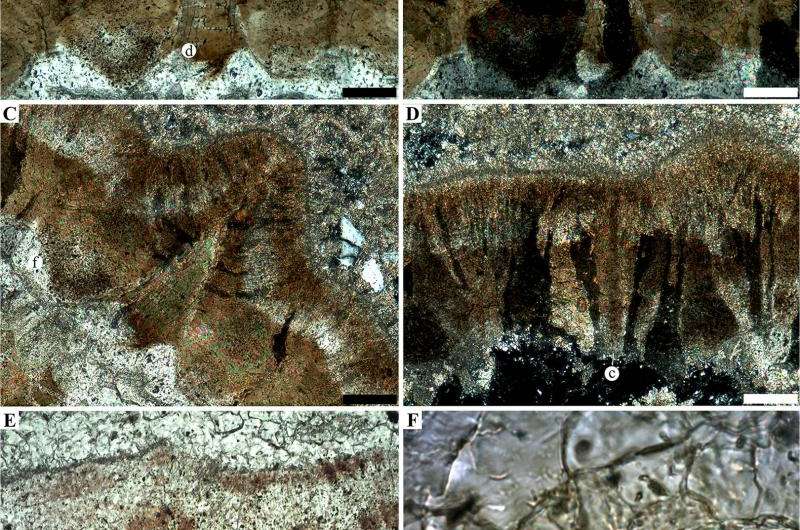Putting a prehistoric mystery lizard back together again
The size, shape, and solidity of an egg can tell us a lot, but until we can see inside, there is still an opportunity for surprise. Unfortunately, when you have an ancient fossilized lizard egg, you can't just crack it open and hope that everything is complete and identifiable. With recent advances in 3-D scanning and printing technology, scientists can now more easily see the contents of an egg without actually opening it. Using this approach, researchers may have made some unexpected discoveries about lizard reproduction.
As a group, lizards show remarkable reproductive variation: some species give birth to live young, while others lay eggs. The authors of a recently-published study in PLOS ONE decided to look into the origins of lizard egg-laying after digging up seven ancient fossilized lizard eggs in Thailand from the Early Cretaceous period. The area where these eggs surfaced is thought to have been isolated from the main continent as suggested by the remains of many unusual ancient creatures that are found there. To find out more about the insides of these eggs, the authors used penetrating wave technology, called tomography, to obtain detailed scans of sections of each egg. Then, they stitched these image sections together to create 3D models of the eggs, inside and out. From these models, the researchers virtually extracted pieces of the embryo and "rebuilt" the unborn lizards.

The image above shows the reconstructed 3-D images of two of the fossil eggs and all the bones that are enclosed in them.

Above are the virtual images of the skulls and jawbones of the prehistoric lizards that the authors pieced together from the most well-preserved eggs.
The authors also took a close look at the eggshells themselves. Using light and X-ray technology, they were able to create in-depth pictures of the eggshell and learn more about its characteristics. These eggs had shells that were rigid, which meant that they were stronger and would not shrivel up after hatching. This is likely why they were strong enough to become fossilized. The authors think that the eggshells' rigidity can be explained by the crystal pattern of the main chemical compound, calcium carbonate, found in the shells. Below are multiple images of the close up images of the eggshell in different types of light and from different portions of the shell. The crystal pattern is most prominent in panel D.

Based on observations of modern lizards, scientists thought that the only lizard to come from rigid eggshells was the gecko. However, through the analysis of the fossilized eggs in this study, the authors found that these lizards may not be from the gecko family, but are likely from the Anguimorph family that includes komodo dragons. While the eggshells have many similarities to the modern gecko egg, they did not have the typical solid masses of minerals that are found in gecko eggs. Also, the crystal pattern of calcium carbonate is arranged differently than that of the modern gecko egg.
The eggs alone do not contain enough information for the authors to verify the exact species of lizard contained inside. While the lizards in the fossilized eggs may be an undiscovered or "new" type of lizard, the unborn remains need to be compared with adult remains before this can be confirmed. Although adult remains have not yet been discovered, these exceptionally preserved embryos may be key to cracking the surface of lizard reproduction.
More information: "Evidence of Egg Diversity in Squamate Evolution from Cretaceous Anguimorph Embryos." PLoS ONE 10(7): e0128610. DOI: 10.1371/journal.pone.0128610
Journal information: PLoS ONE
Provided by Public Library of Science
This story is republished courtesy of PLOS Blogs: blogs.plos.org.




















